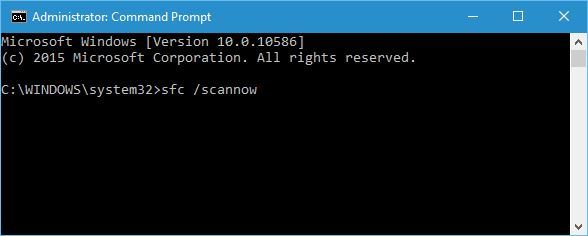
I checked device manager again and still nothing was splatted or indicated a problem of any kind. I decided to download and reinstall my ASUS EAH6870 display driver for both of my video cards, restarted and the problem was gone. Stop 0x50 messages can also occur after installing faulty drivers or system services.
- That’s really not as big a deal as it sounds, though.
- So, you need to run Windows Update Troubleshooter and find out if there is a problem with the hardware.
- After the latest Pro Tools updates, it is less likely to occur.
This is actually the same as previous versions of Windows, so if you’ve upgraded before you can most likely do it again. If all of these problems are any indication, Microsoft has a lot of work to do. Plus, there are still a lot of Windows 10 problems that are still around, like printer connectivity issues. But, who knows, maybe Microsoft will actually fix some of these problems in the Windows 10 May 2019 Update, which should be out soon. In the right side window, delete all entries after userinit.exe.
Troubleshoot Windows Update Issues For Windows 11
Basically, the Link State Power Management is a part of the PCIe specification that manages the power supply to the PCIe port. Once all processes are complete, you can restart your computer. Once the Command Prompt opens, type Sfc /scannow without quotation and press Enter.
Follow the steps below to reset your computer BIOS. Solution for AMD graphic card failure – AMD graphic cards face BSOD error by the users if the user is prompted with atikmpag.sys and the respective error name. If any of the above solutions do not solve the problem, the user should follow the below-mentioned steps. ” in the “Start” menu and then press enter. You will get the driver with the right click of your mouse. Click the “Uninstall Device” to follow all the directions coming on your screen.
Way 3 Run Bootrecexe Tool To Repair Boot Errors
If something were to be affected, it would show up in either the top or bottom list in that results pane. Next, it’s time to run SFC, Microsoft’s System File Checker. System File Checker, in most cases, should work now. If not, type in the following three lines and press enter after each. The first step is quick, and the second and third steps could take some time.
But this method is a glorified way of replacing the hives straight from the \system volume information\rpxxx\snapshot directories which works just fine. Again, this is usually due to a failing hard drive causing bad sectors, which is the case in the vast majority of my experiences. Onsite, I would still do repair manually so you can see how many hives are missing and get early warning of any bad blocks/CRC errors. You can then do hard drive checks in UBCD4win and warn customer/back up data if required before trying to boot to XP. SFC scan will figure out and repair the problem.

No responses yet